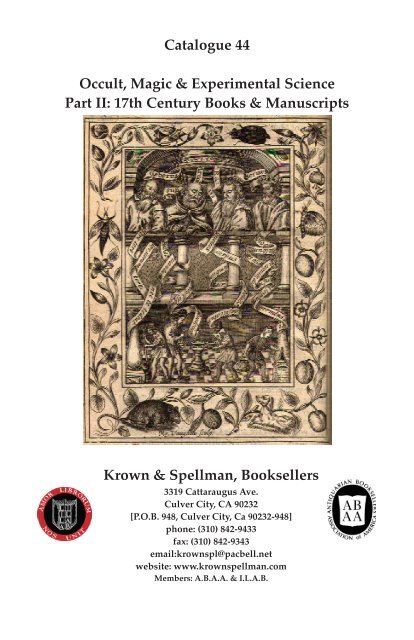
# **Unveiling the Mysteries of a 17th-Century Apothecary: Poisons, Remedies, and Early Medicine**
Stepping into a contemporary pharmacy, you’re greeted with meticulously arranged medicine boxes, each clearly marked with exact dosage guidelines. This clinical arrangement stands in stark contrast to the lively apothecary shops of the 17th century. These early pharmacies brimmed with jars of dried botanicals, roots, and even animal parts, as apothecaries diligently mixed ointments, salves, and elixirs behind the counters. Their shelves housed everything from common herbs to potent toxins, serving as a connection between medieval healing practices and today’s pharmaceuticals.
## **Digging into History: The Stock of a 17th-Century Apothecary**
A recent find has provided intriguing insights into the medical practices of the 1600s. Chemist and museum volunteer **Helen Cooke**, while preparing for an exhibit at **Nantwich Museum** in Cheshire, UK, stumbled upon the inventory of **Raphe Walley**, a practicing apothecary from the 17th century. This handwritten record unveiled over **200 medicinal items**, ranging from everyday spices and herbs to perilous chemicals and unconventional components.
Cooke collaborated with **Fabio Parmeggiani** from Italy’s **Polytechnic University of Milan** and **Nicholas Wood**, former master of **The Worshipful Society of Apothecaries**, to delve into Walley’s life, his training, and the types of remedies he offered. Their findings have been extensively disseminated through educational initiatives, including lectures, chemistry demonstrations, and a special feature in the **Journal of Chemical Education**.
## **Conflict, Illness, and the Apothecary’s Function**
Raphe Walley operated during chaotic times—surrounded by the **English Civil War**, **flooding**, **smallpox outbreaks**, and **numerous plague epidemics**. As an apothecary, he played a vital role in his community, providing treatment for injuries, infections, and chronic conditions.
Many of **Walley’s cures were tailored specifically to fight the plague**, mirroring the dread associated with infectious diseases. His shop was stocked with **nicotine or tobacco ointments**, **theriacs** (a complex medical concoction), and **”pilulae ruffi”**—a blend of **aloes, myrrh, saffron, and lemon syrup**, primarily used as a laxative.
Documentation also indicates that **Walley attended to wounded soldiers following the Battle of Nantwich**, underscoring the crucial role apothecaries played in addressing battlefield injuries.
## **Medicinal Poisons? The Advantages and Risks of Early Remedies**
One of the most remarkable elements of Walley’s inventory was the assortment of **extremely toxic substances**—compounds now deemed hazardous, yet once viewed as essential for healing.
### **Key Poisons from the Inventory:**
– **White mercury (Mercury(II) chloride, HgCl₂)**
→ Employed to treat **syphilis** and serve as an **antiseptic** (despite its high toxicity)
– **Red Lead (Pb₃O₄) & White Lead (PbCO₃ · Pb(OH)₂)**
→ White lead was frequently **used in ointments and even as a cosmetic**
→ Red lead was applied to **sores**, although its lead content rendered it risky
– **Arsenic trioxide (As₂O₃)**
→ Referred to as “inheritance powder” for its use in poisonings
→ Historically employed for **syphilis treatment**
→ Curiously, arsenic trioxide is now medically repurposed as a **treatment for acute promyelocytic leukemia** (**marketed as Trisenox**)
– **Quicksilver (Mercury)**
→ Utilized in the formulation of lotions for **scabies** (which **17th-century herbalist Nicholas Culpeper** described as “the itch”)
## **Bizarre Ingredients: Mummies, Earthworms, and Spices**
In addition to toxic substances, Walley’s apothecary carried **peculiar ingredients** that may astonish today’s readers.
### **Some of the More Unusual Items:**
– **Mumia (Powdered human remains)**
→ Sourced from mummies, thought to **heal fractures, abscesses, and dysentery**
→ The term stemmed from the incorrect belief that Egyptian mummies inherently contained **therapeutic bitumen**
– **Oil of earthworms**
→ A **common remedy for bruises, arthritis, and gunshot wounds**
→ Earthworms were crushed and steeped in oil to produce a medicinal balm
– **Frankincense & spices (e.g., aniseed, nutmeg, juniper, and rhubarb)**
→ Some had